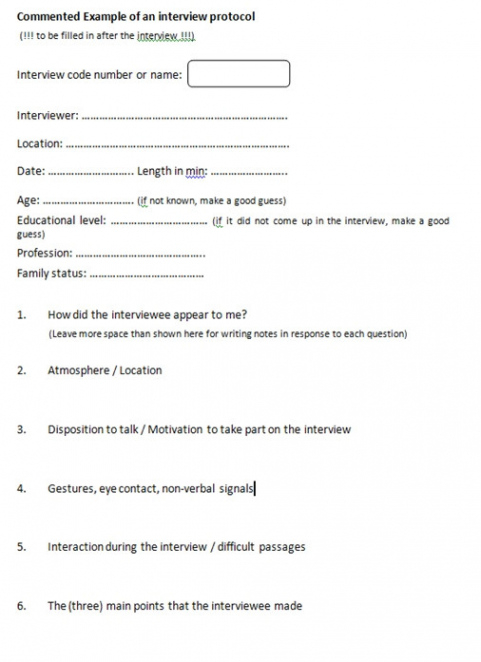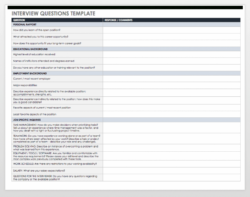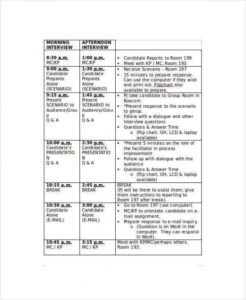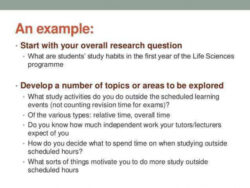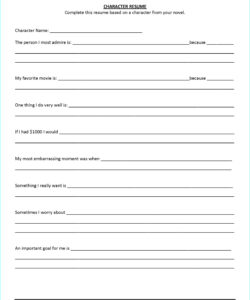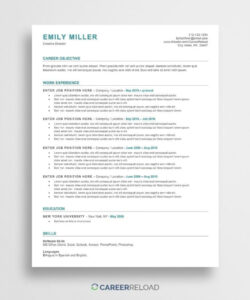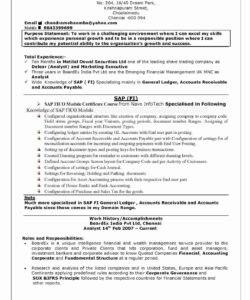Interview guide for qualitative research template. Interview templates are important tools in the modern-day hiring landscape, providing a organized strategy to assessing prospects successfully and fairly. These templates supply a consistent structure that assists recruiters navigate the intricate procedure of reviewing potential hires. By systematizing questions and assessment requirements, interview templates make sure that every candidate is assessed on a level playing field, lowering the chance of prejudice and making it easier to compare candidates fairly.
Among the key benefits of using interview design templates is the uniformity they offer the hiring process. By systematizing the concerns and examination standards, companies can make sure that every prospect is assessed on the same basis. This uniformity helps to eliminate prospective biases and subjectivity that might arise from unstructured interviews. For instance, if one interviewer asks thorough questions regarding a candidate’s previous task administration experience while an additional concentrates only on technical abilities, the evaluation can become manipulated. A well-designed theme guarantees that all pertinent locations are covered uniformly, promoting fairness in the analysis.
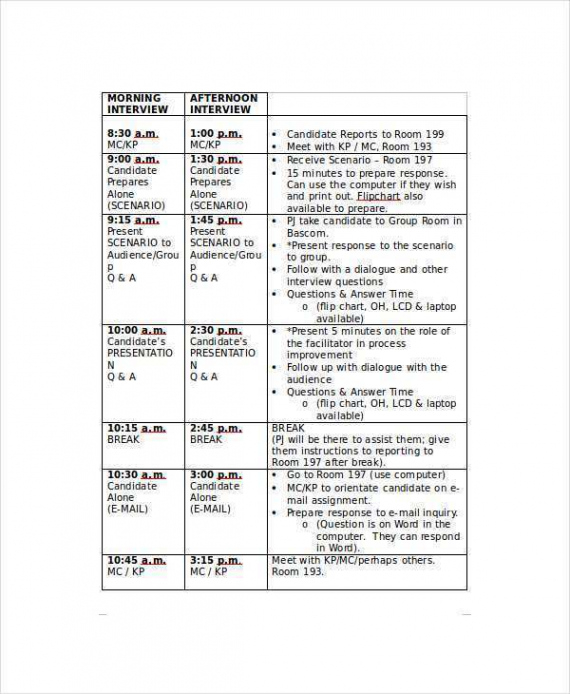
Interview templates also play a crucial role in enhancing the dependability and credibility of the hiring process. By using a standardized set of inquiries, companies can reduce the influence of job interviewer bias and subjective judgments. This uniformity aids ensure that all prospects are evaluated based on the same standards, resulting in even more accurate and fair assessments. Additionally, when several recruiters are entailed, templates aid keep a consistent technique, making it easier to combine responses and reach a agreement on the very best candidates.
An additional advantage of meeting themes is their duty in assisting recruiters prepare more effectively. For numerous job interviewers, particularly those that may not carry out interviews frequently, the procedure can be daunting. A sound design template provides a clear roadmap for the interview, including crucial inquiries and subjects to cover. This prep work assists interviewers to feel more confident and concentrated, ultimately bring about more efficient and informative interviews.
For organizations intending to ensure lawful and honest compliance, meeting templates are very useful. They aid interviewers stay clear of asking unsuitable or illegal questions, such as those pertaining to age, gender, religion, or marital condition. By adhering to a standardized collection of concerns, companies can minimize the danger of accidentally crossing legal boundaries and ensure that their hiring methods remain in line with work legislations and regulations.
Tailoring meeting themes to align with details task functions and business needs is one more essential benefit. While basic design templates give a useful starting factor, tailoring them to deal with the unique requirements of different settings can enhance their efficiency. As an example, technical duties may call for a layout that includes comprehensive concerns about details abilities and analytic abilities, while customer-facing duties may focus a lot more on social skills and situational actions.
Applying meeting design templates, nonetheless, requires mindful consideration of the concerns and analysis requirements consisted of. Layouts should be tailored to the certain demands of the role and the company, staying clear of generic or unimportant questions. It is important to strike a equilibrium in between structured inquiries and the versatility to check out unique elements of each prospect’s experience. This modification ensures that the design template stays pertinent and effective in examining prospects for various positions.
In spite of their lots of benefits, it is important to identify that interview design templates are not a one-size-fits-all option. Design templates should be customized to the specific duty and organization to guarantee they matter and efficient. For example, a technical role may require a different set of concerns contrasted to a customer service placement. Personalizing layouts to fit the nuances of each duty ensures that the interview process continues to be relevant and targeted.
Regardless of their several benefits, meeting templates are not without restrictions. Over-reliance on a inflexible template can lead to a mechanical and impersonal meeting experience. It is important to strike a balance in between framework and flexibility, permitting job interviewers to engage in meaningful conversations and dive much deeper into facets that may not be covered by the design template. The human aspect of speaking with stays crucial for examining social fit and social skills.
In conclusion, interview themes are a effective tool that can substantially improve the performance and fairness of the hiring process. By offering a structured framework, reducing bias, boosting candidate experience, and ensuring legal conformity, they contribute to a extra reliable and equitable analysis of potential hires. As companies remain to seek methods to maximize their working with methods, the thoughtful use of meeting design templates will certainly stay a essential element of effective skill acquisition techniques.
